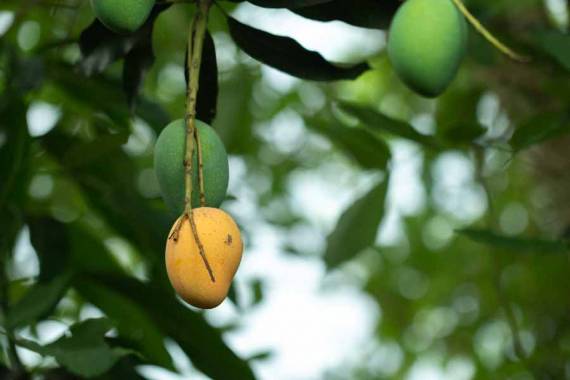Turnkey projects: Fruit preservation
A comprehensive solution for your fruit and vegetable preservation projects in a controlled atmosphere.

Mangoes are a tropical fruit exported from Eastern India, Burma and the Andaman Islands. Mangoes are the fruit of the mango tree, a large tropical tree of the Anacardiaceae family.
Among tropical fruits, mangoes are the second most produced fruit in the world, preceded only by bananas. There are about 1,000 varieties of mango.
Nearly 50% of the world's mangoes are grown in India, producing about 19 million tonnes per year of the total world production. Global production amounted to approximately 26.3 million tonnes in 2004. Mangoes are the sixth most produced fruit in the world (behind bananas).
When exported, fruits are usually picked green, which diminishes taste qualities. However, just like bananas and kiwis, mangoes are “climacteric" and can therefore ripen after picking. Mangoes are a very pressure-sensitive fruit, making them more vulnerable in international transport.
For harvesting, various indicators are used.
Maturity indicators:
Quality indicators:
Short exposure to an environment with low ethylene content, constant temperature and optimal relative humidity leads to accelerated and even ripening of the mangoes in 5 to 9 days, depending on the variety and stage of ripeness.
The carbon dioxide concentration must be kept low in the ripening chamber.
CA delays ripening and reduces respiration rates and ethylene production.
The fruit should be stored cold, by rapid cooling.
Storage conditions:
Physiological and physical disorders :
Diseases :



